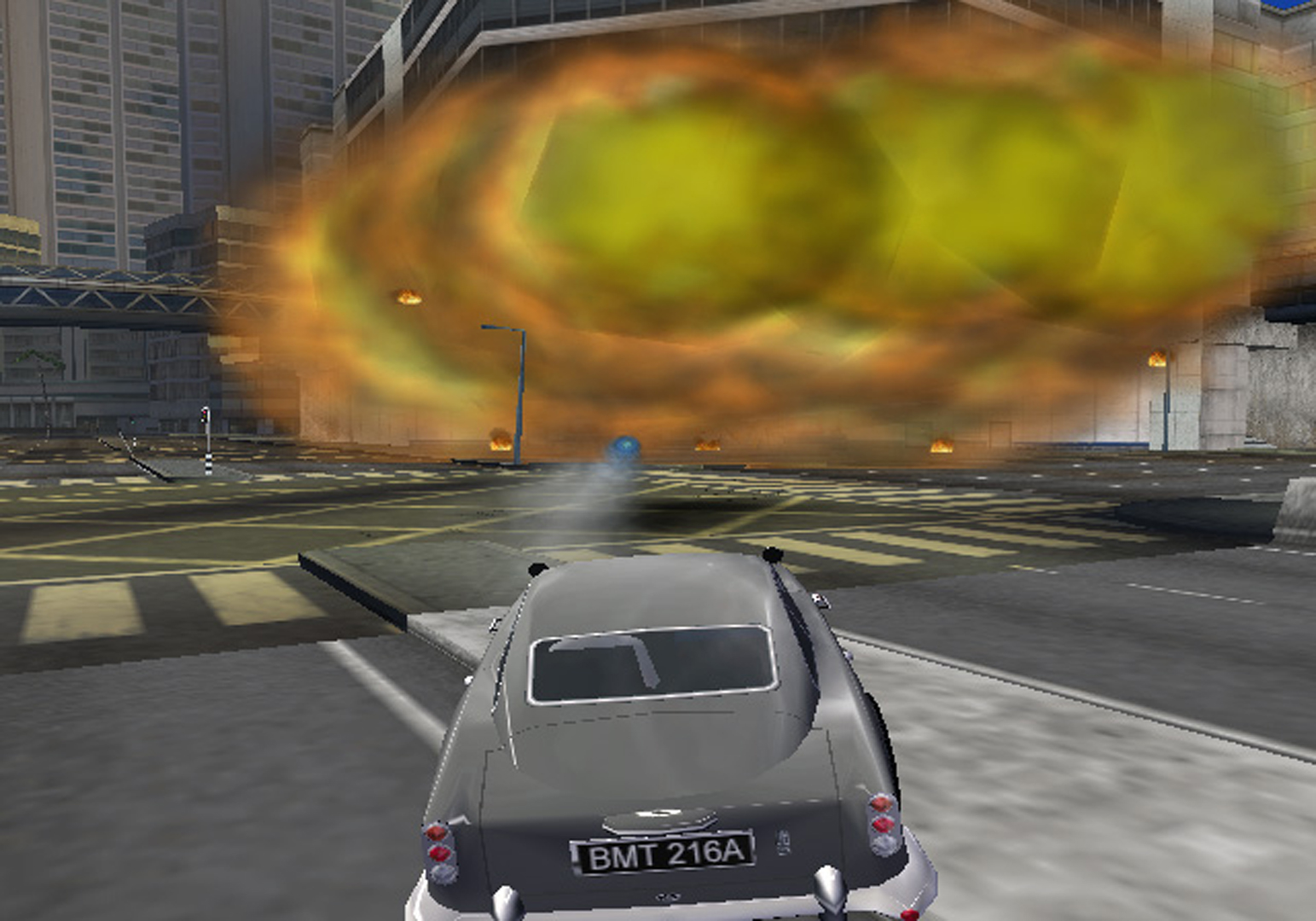“Shader-driven compilation of rendering assets” by Lalonde and Schenk
Conference:
Type(s):
Title:
- Shader-driven compilation of rendering assets
Presenter(s)/Author(s):
Abstract:
Rendering performance of consumer graphics hardware benefits from pre-processing geometric data into a form targeted to the underlying API and hardware. The various elements of geometric data are then coupled with a shading program at runtime to draw the asset.In this paper we describe a system in which pre-processing is done in a compilation process in which the geometric data are processed with knowledge of their shading programs. The data are converted into structures targeted directly to the hardware, and a code stream is assembled that describes the manipulations required to render these data structures. Our compiler is structured like a traditional code compiler, with a front end that reads the geometric data and attributes (hereafter referred to as an art asset) output from a 3D modeling package and shaders in a platform independent form and performs platform-independent optimizations, and a back end that performs platform-specific optimizations and generates platform-targeted data structures and code streams.Our compiler back-end has been targeted to four platforms, three of which are radically different from one another. On all platforms the rendering performance of our compiled assets, used in real situations, is well above that of hand-coded assets.
References:
1. APODACA, A. A., AND GRITZ, L. 1999. Advanced Renderman: Creating CGI for Motion Pictures. Morgan Kauffman Publishers. Google Scholar
2. BARRELL, K. F. 1983. The graphical kernel system – a replacement for core. First Australasian Conference on Computer Graphics, 22-26.Google Scholar
3. BOGOMJAKOV, A., AND GOTSMAN, C. 2001. Universal rendering sequences for transparent vertex caching of progressive meshes. In Proceedings of Graphics Interface 2001, 81-90. Google Scholar
4. COOK, R. L. 1984. Shade trees. In Computer Graphics (Proceedings of SIGGRAPH 84), vol. 18, 223-231. Google Scholar
5. HANRAHAN, P., AND LAWSON, J. 1990. A language for shading and lighting calculations. In Computer Graphics (Proceedings of SIGGRAPH 90), vol. 24, 289-298. Google Scholar
6. HOPPE, H. 1999. Optimization of mesh locality for transparent vertex caching. Proceedings of SIGGRAPH 99 (August), 269-276. Google Scholar
7. JAQUAYS, P., AND HOOK, B. 1999. Q3radiant shader manual.Google Scholar
8. LANDER, J. 1998. Skin them bones: Game programming for the web generation. Game Developer Magazine, 11-16.Google Scholar
9. LINDHOLM, E., KILGARD, M. J., AND MORETON, H. 2001. A user-programmable vertex engine. In Proceedings of SIGGRAPH 2001, ACM Press / ACM SIGGRAPH, Computer Graphics Proceedings, Annual Conference Series, 149-158. Google Scholar
10. MICROSOFT. 2000. DirectX 8 Programmer’s Reference. Microsoft Press.Google Scholar
11. MOLNAR, S., EYLES, J., AND POULTON, J. 1992. Pixelflow: High-speed rendering using image composition. In Computer Graphics (Proceedings of SIGGRAPH 92), vol. 26, 231-240. Google Scholar
12. OLANO, M., AND LASTRA, A. 1998. A shading language on graphics hardware: The pixelflow shading system. In Proceedings of SIGGRAPH 98, ACM SIGGRAPH / Addison Wesley, Orlando, Florida, Computer Graphics Proceedings, Annual Conference Series, 159-168. Google Scholar
13. OPENGL ARCHITECTURE REVIEW BOARD, WOO, M., NEIDER, J., DAVIS, T., AND SHREINER, D. 1999. OpenGL Programming Guide: The Official Guide to Learning OpenGL, Version 1.2. Addison-Wesley. Google Scholar
14. PEERCY, M. S., OLANO, M., AIREY, J., AND UNGAR, P. J. 2000. Interactive multipass programmable shading. Proceedings of SIGGRAPH 2000 (July), 425-432. Google Scholar
15. PERLIN, K. 1985. An image synthesizer. In Computer Graphics (Proceedings of SIGGRAPH 85), vol. 19, 287-296. Google Scholar
16. PROUDFOOT, K., MARK, W. R., TZVETKOV, S., AND HANRAHAN, P. 2001. A real-time procedural shading system for programmable graphics hardware. In Proceedings of SIGGRAPH 2001, ACM Press / ACM SIGGRAPH, Computer Graphics Proceedings, Annual Conference Series, 159-170. Google Scholar
17. ROHLF, J., AND HELMAN, J. 1994. Iris performer: A high performance multiprocessing toolkit for real-time 3d graphics. In Proceedings of SIGGRAPH 94, ACM SIGGRAPH / ACM Press, Orlando, Florida, Computer Graphics Proceedings, Annual Conference Series, 381-395. Google Scholar
18. STERN, G. 1983. Bbop — a system for 3d keyframe figure animation. In Introduction to Computer Animation, Course Notes 7 for SIGGRAPH 83, 240-243.Google Scholar
19. SUZUOKI, KUTARAGI, K., HIROI, T., MAGOSHI, H., OKAMOTO, S., OKA, M., OHBA, A., YAMAMOTO, Y., FURUHASHI, M., TANAKA, M., YUTAKA, T., OKADA, T., NAGAMATSU, M., URAKAWA, Y., FUNYU, M., KUNIMATSU, A., GOTO, H., HASHIMOTO, K., IDE, N., MURAKAMI, H., OHTAGURO, Y., , AND AONO, A. 1999. A microprocessor with a 128-bit cpu, ten floating-point mac’s, four floating-point dividers, and an mpeg-2decoder. In IEEE Journal of Solid-State Circuts: Special issue on the 1999 ISSCC: Digital, Memory, and Signal Processing, IEEE Solid-State Circuits Society, 1608.Google Scholar
20. TERZOPOULOS, D., PLATT, J., BARR, A., AND FLEISCHER, K. 1987. Elastically deformable models. In Computer Graphics (Proceedings of SIGGRAPH 87), vol. 21, 205-214. Google Scholar
21. TOOL INTERFACE STANDARDS. 1998. Elf: Executable and linkable format. ftp://ftp.intel.com/pub/tis.Google Scholar




